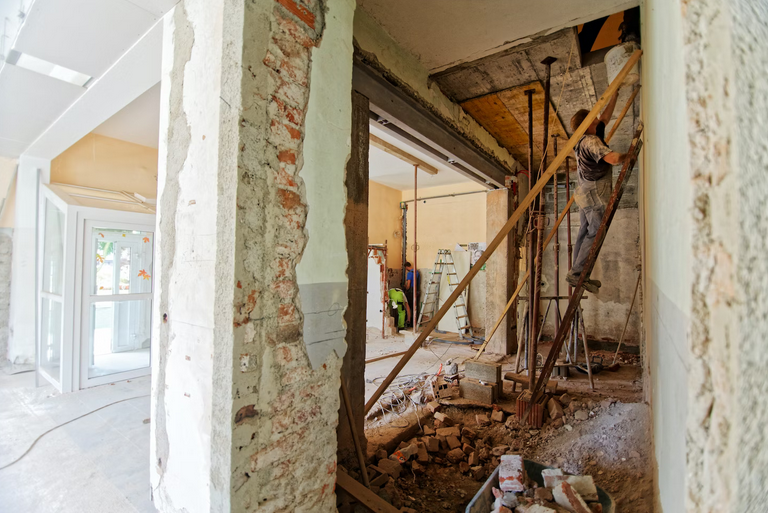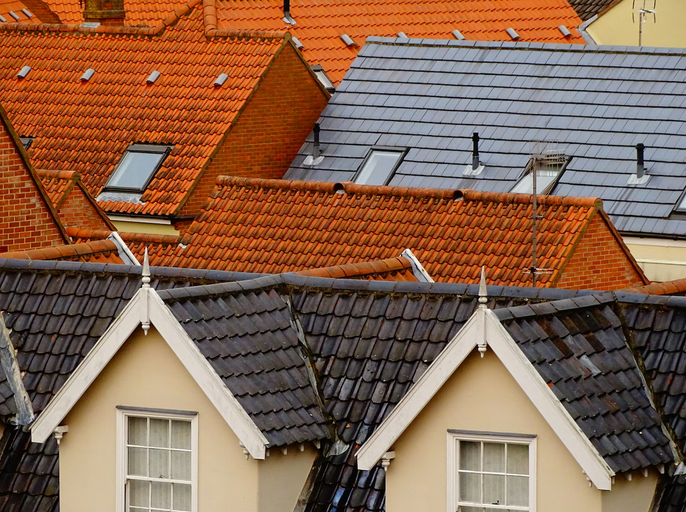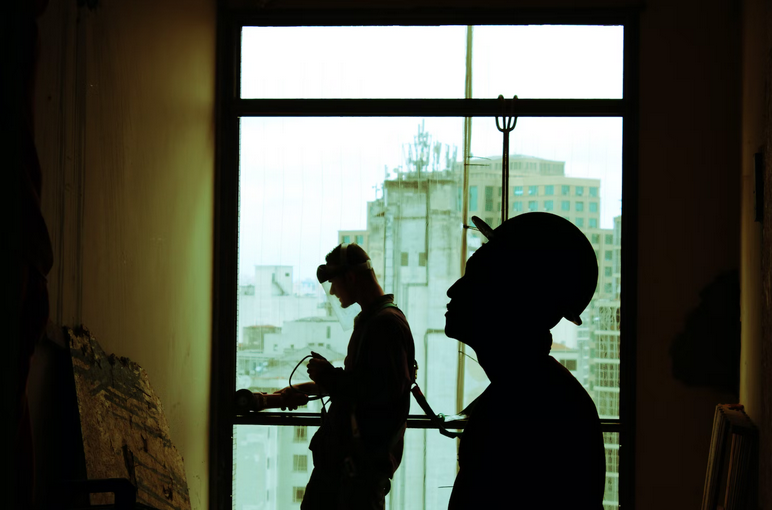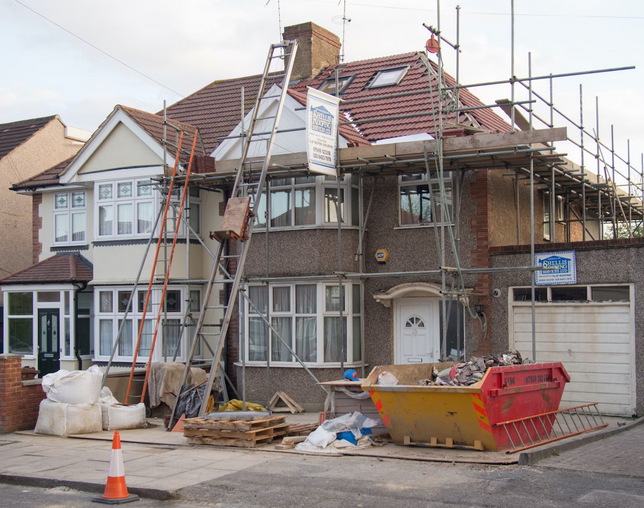Welcome to our blog post on hidden structural damage. Your home is your sanctuary, but it can sometimes harbor secrets that could compromise its safety and stability. Structural damage is no joke, as it can lead to costly repairs and even threaten the well-being of you and your loved ones. Of course, OKCrete concrete solutions for homes and businesses are 100% reliable, but if you ignore the following signs, your house could suffer. Here, we will explore some telltale signs of hidden structural damage that you should never ignore. So grab a cup of coffee, sit back, and let’s dive into the world of unnoticed hazards lurking within your walls.
Wall and Ceiling Cracks

Wall and ceiling cracks can be a common occurrence in many homes. However, it is essential to pay attention to the severity and frequency of these cracks as they can indicate structural damage. In some cases, small hairline cracks may simply be the result of natural settling or temperature changes. These types of cracks are usually nothing to worry about and can easily be patched up with some spackling paste. On the other hand, larger or recurring cracks could be a sign of more serious issues, such as foundation problems or water damage. It’s essential to inspect these cracks to determine their cause closely.
Foundation Issues
The foundation is the backbone of your home, providing stability and support for everything above it. Unfortunately, foundation issues can arise over time, causing significant problems if left untreated. One common sign of foundation damage is cracks in the walls or floors. These cracks may start small but can gradually widen or become more pronounced.
Pay attention to any stair-step cracks in brickwork or horizontal cracks in concrete walls – these red flags should not be ignored. Another indication of potential foundation issues is doors and windows that stick or no longer close properly. When a foundation shifts or settles unevenly, it can cause door frames and window sills to become misaligned, leading to difficulty opening and closing them smoothly.
Sagging or Uneven Roof

Sagging or uneven roofs can clearly indicate structural damage to your home. When you notice that your roof is no longer level, it’s important not to ignore this issue. There could be underlying problems that need immediate attention. One possible cause of a sagging or uneven roof is weakened or damaged support beams.
Over time, these beams may deteriorate due to moisture exposure or age, causing the roof to sag in certain areas. Another potential culprit could be an excessive weight on the roof caused by heavy snow accumulation or improper installation of roofing materials. If you spot any signs of a sagging or uneven roof, such as visible dips or bulges, it’s crucial to address them promptly.
Doors and Windows That Stick

Doors and windows that stick can be frustrating in any home. It’s not just a minor annoyance but could indicate underlying structural damage. When doors become difficult to open or close, or if windows are stuck and won’t budge, it’s time to pay attention. One possible cause of sticking doors and windows is foundation movement.
As the foundation shifts, it can lead to misaligning door frames and window sills, resulting in difficulty opening or closing them smoothly. Another potential culprit for sticky doors and windows is moisture damage. Excess moisture can cause wood frames to swell, making them harder to operate.
Remember, prevention is always better than cure when maintaining your home’s structural integrity. Regular inspections, maintenance, and promptly addressing any concerns will help ensure your home remains safe and secure for years to come. So don’t ignore those hidden signs of structural damage! Take proactive steps today to protect your investment and keep your family safe.

